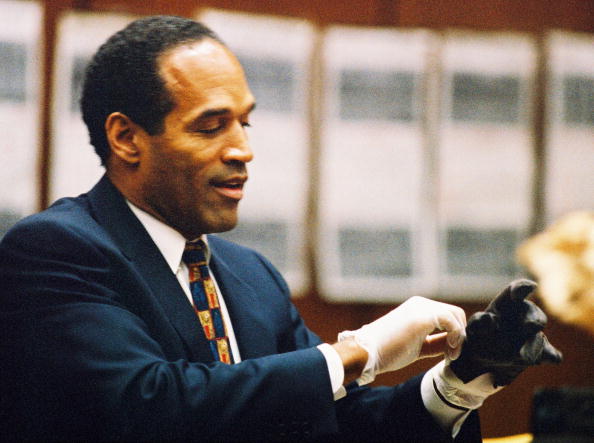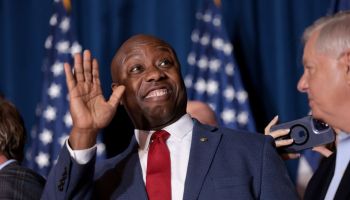A Classic case of missing the forest for the trees
The top article on the New York Times website this morning has following introduction:
Expansion of Clinics Shapes a Bush Legacy
By KEVIN SACK
President Bush has doubled federal financing for community health centers, enabling the creation or expansion of 1,297 clinics in underserved areas.
Sounds great, doesn’t it? The Community Health Centers program, launched under the Great Society by President Johnson in the 1960s, is a laudable program, as are efforts to expand it. But the Times article this morning is simply baffling in its omission of critical context for evaluating President Bush’s legacy when it comes to health care for the less well-off in America.
The article begins with these grafs:
“NASHVILLE – Although the number of uninsured and the cost of coverage have ballooned under his watch, President Bush leaves office with a health care legacy in bricks and mortar: he has doubled federal financing for community health centers, enabling the creation or expansion of 1,297 clinics in medically underserved areas.
For those in poor urban neighborhoods and isolated rural areas, including Indian reservations, the clinics are often the only dependable providers of basic services like prenatal care, childhood immunizations, asthma treatments, cancer screenings and tests for sexually transmitted diseases.
As a crucial component of the health safety net, they are lauded as a cost-effective alternative to hospital emergency rooms, where the uninsured and underinsured often seek care.”
Though the article begins with an obligatory acknowledgment that the number of uninsured has “ballooned” under Bush’s watch, it suffers from two striking omissions:
1) though it mentions that the program “could be vulnerable” to cuts in federal programs like Medicaid and SCHIP (the State Children’s Health Insurance Program) out of which the health centers are partially funded, it omits completely reference to the fact that the states are being forced, right now, to consider massive cuts in their share of Medicaid. While the current economic crisis is the most immediate cause of these anticipated cuts, there is no avoiding this fact: the hundreds of billions of dollars in tax breaks for the wealthy that Bush has championed over the past eight years are a direct cause of the reduction in federal aid to the states (as, of course, are the massive outlays for the war in Iraq). One key consequence: the financially strapped states are forced to make significant budget cuts, including in their contributions to Medicaid. (And the mounting health care crisis has, of course, predated the 2008 economic crisis).
To give a sense of the scale here – whereas annual federal funding for the community health centers is, according to the Times, about $2.1 billion dollars (with proposed expansion to $8 billion), the anticipated shortfall in funding for Medicaid in the next two years is $100 billion.
In a remarkable contrast, while the Times chose to tout a Bush legacy, the top article on this morning’s Washington Post website is: “States Driven to Reduce Health Coverage for Poor,” outlining the enormous scale of the impending cuts.
2) Bush’s unconscionable decision to veto expansion of SCHIP funding in 2007. As noted above, the Times article does acknowledge that the community health centers receive part of their funding from SCHIP. But in 2007, Congress passed legislation to expand the very successful program, which extends health insurance coverage to children from families that are not poor enough to qualify for Medicaid, but still too poor to pay for the mushrooming costs of health insurance. Bush vetoed that expansion, potentially denying health insurance to an additional several million American children over the next five years.
Omission of discussion of SCHIP in this context is particularly galling because the Times article notes that Bush views the community health centers as a valuable alternative to the obvious perils and inefficiencies of emergency room health care.
Why is this so galling?
When he spoke in opposition to S-CHIP last year, the President blithely argued that expansion of the program was unnecessary since lack of health insurance and access weren’t really problems in America. Why? Because “after all, you just go to an emergency room.”
And as Paul Krugman pointed out, Bush’s opposition to expansion of the program came down to what Krugman described as an “immoral philosophy:”
Writing about SCHIP in the summer of 2007, Krugman wrote:
“Well, here’s what Mr. Bush said after explaining that emergency rooms provide all the health care you need: “They’re going to increase the number of folks eligible through Schip; some want to lower the age for Medicare. And then all of a sudden, you begin to see a — I wouldn’t call it a plot, just a strategy — to get more people to be a part of a federalization of health care.”
Now, why should Mr. Bush fear that insuring uninsured children would lead to a further “federalization” of health care, even though nothing like that is actually in either the Senate plan or the House plan? It’s not because he thinks the plans wouldn’t work. It’s because he’s afraid that they would.”
Yes, the community health centers are a nice and valuable program. But it ought to be the responsibility of journalists to place important policies in a context that allows readers to evaluate their larger significance. The Times article today fails to do that: it leaves the highly misleading impression that the President has been a champion of innovative health care solutions for the less well-off. In fact, he has been a disaster on that front, notwithstanding his support for a program that is a finger in the dike of a deluge for which he bears significant responsibility.
















